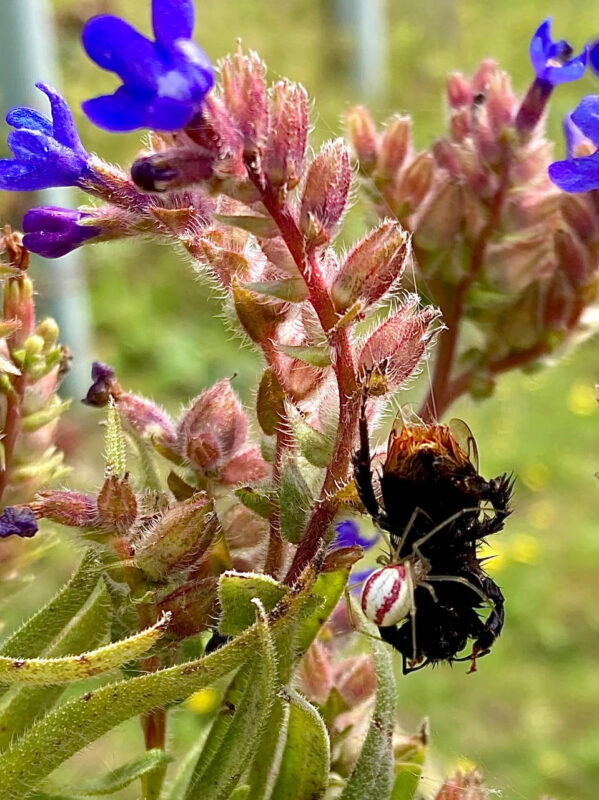Rewilding on the Suffolk Coast
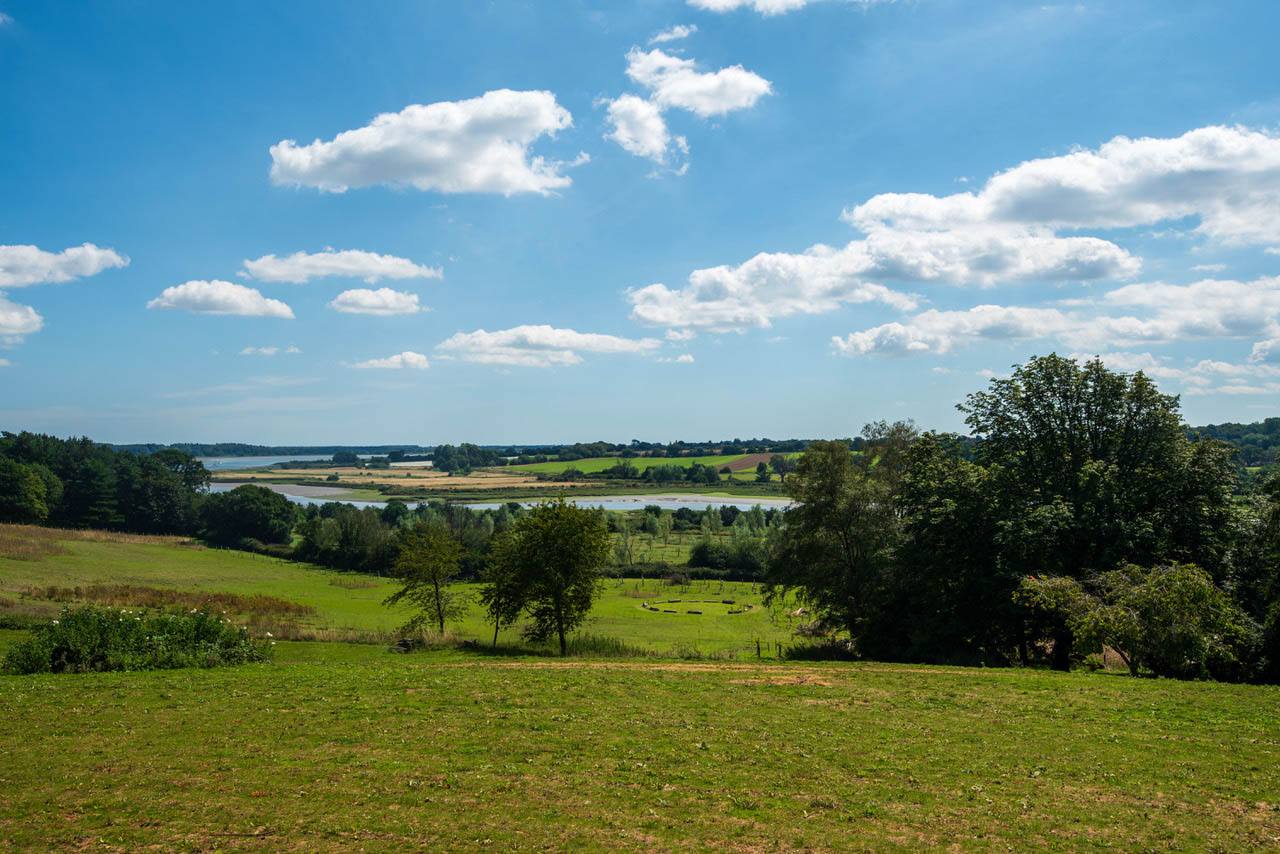
Blog
Rewilding
The term rewilding can be interpreted in different ways, but generally as the restoration of an ecosystem to the point where it can take care of itself. This can involve the reintroduction of keystone fauna (i.e. beaver) to manage the natural processes and then fauna (i.e. predators) to manage the fauna. This is obviously not possible in a garden situation; instead, we must be the managers of those natural processes but with the same end goal in mind.
A client, whom I have worked with for many years, commissioned me with the rewilding brief when he bought his ‘forever’ home on the East coast of Suffolk three years ago.
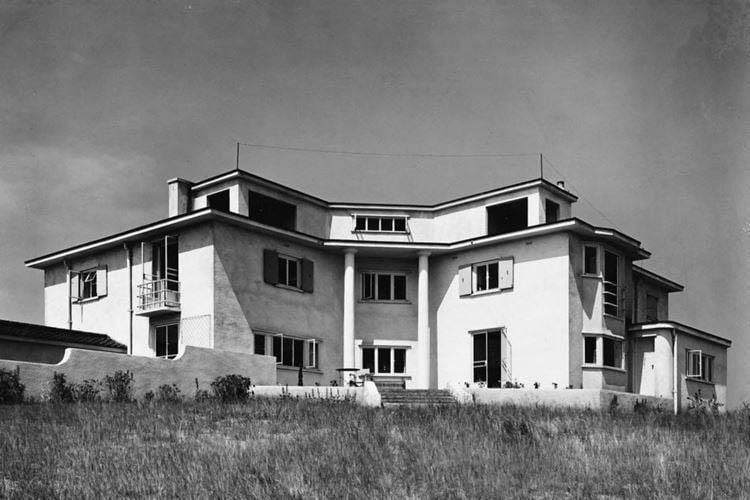
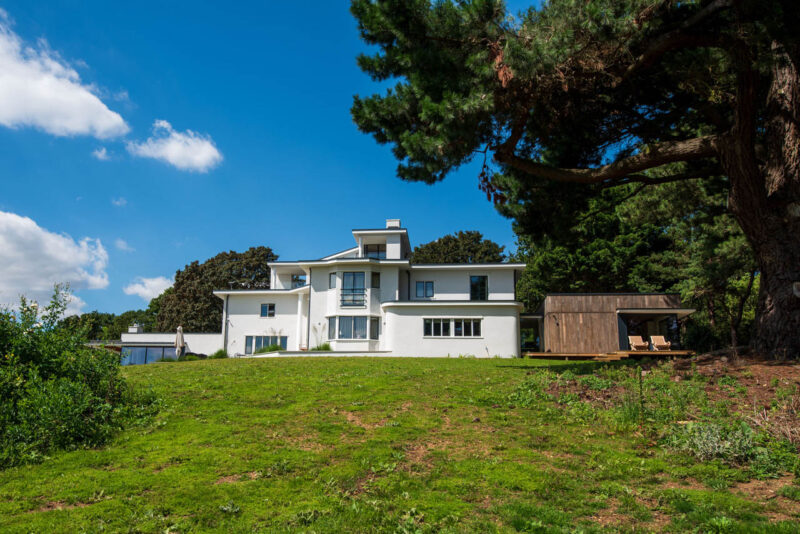
The butterfly plan modernist house was designed by Hilda Mason ARIBA in 1933 as her residence and has been painstakingly restored to its former glory by my client using Cowper Griffith Architects. It came with 9 acres of land made up of dilapidated gardens, a defunct vineyard, and field. The soil is poor, sandy and acidic, combined with the arid climate of East Anglia (less than 600mm rainfall per year), a pretty hostile environment for a garden. Interestingly, a photograph from Hilda’s day clearly shows a heathland-like landscape quite literally up to the back door. Surrounding the property is National Trust heathland and the wonderful Dunwich Heath is only minutes away. The Suffolk Wildlife Trust are in the process of fundraising to turn 298 acres into a nature reserve on the other side of the river. So, my client’s wish to rewild his 9 acres made complete sense on all levels.
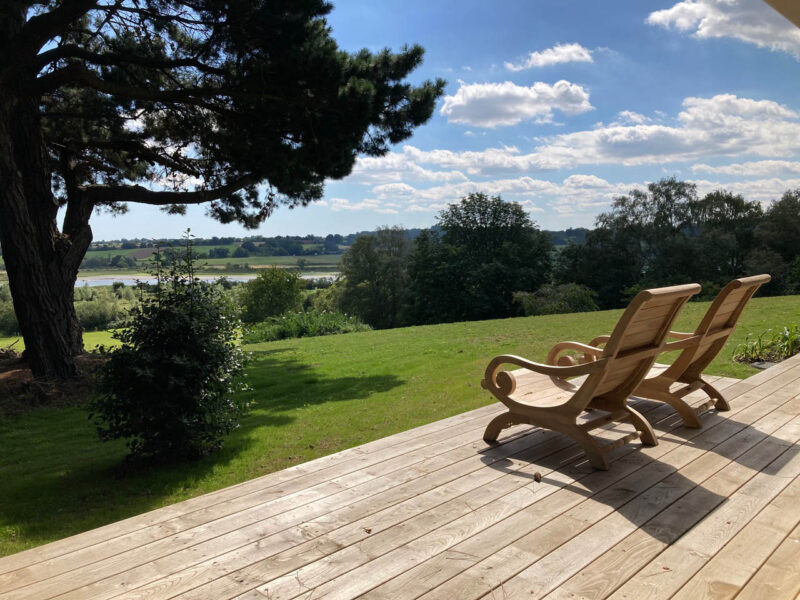
The National Trust’s countryside manager for the Suffolk and Essex Coast Richard Gilbert helped enormously with the rewilding project, not only with site visits and information, but even supplied us with seed-laden heathland “flailings” to disperse across the landscape in an effort to speed up the process. We also applied for a Woodland Trust grant and planted 2,000 native trees in 2022. Curiously, their curated mix was very different to what is naturally seen in these parts, so we supplemented the mix with our own Scots pine and silver birch.
Landscaper Lee Attridge cleared the 9 acres of garden-y things, such as flower beds, fencing, and general rubbish. Any dead trees and wood were either left in situ or stacked up into habitat piles. The gardener Graeme Proctor has cut series of paths leading to various destinations. Though we have been offered the loan of National Trust sheep to help manage the landscape, this year we cut the more fertile grassy areas for hay. But apart from that, it has been left to begin the process towards climax vegetation.
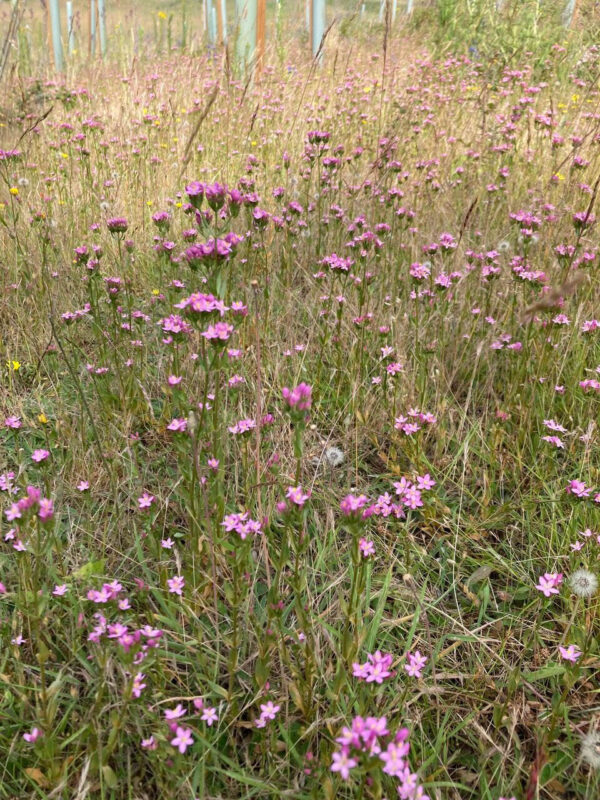
Diversity of flora and fauna
Last year’s drought has not been kind and we have lost a large proportion of the trees – they didn’t stand a chance on the south facing sandy slope without a drop of rain for 8 months. In hindsight, we should have used cell-grown trees as the few that were planted (gorse) have all survived. In fact, I don’t think I would use bare root trees ever again in East Anglia, as climate change further exacerbates our already dire situation. Full disclosure here: my son has a cell-grown, peat-free, tree nursery (www.rymertrees.co.uk) but in fairness we did start it for this very reason.
It seems as though none of the introduced Dunwich Heath seedbank has germinated either. Though I am told it can take up to three years, I did kind of hope that we would see something by now, especially after the cold winter. However, I notice gorse and broom encroaching from the surroundings, so I think it may happen eventually. Interestingly, there is an abundance of oak seedlings popping up and must have been introduced by jays. In more fertile parts, brambles are making big inroads, so I suspect we will soon see oaks poking through and therefore more likely to succeed as adequately protected from dee
What has been amazing is the increase in species diversity. Not only in showy wildflowers such as viper’s bugloss, knapweed and ragwort but also little gems such as seaside centaury (Centaurium littorale) and common cudweed (Filago germanica). In the fauna department, insect and birdlife has definitely proliferated; it seems as though our sand scrapes have paid off, all fully colonised by Eastern sand wasp. There are good populations of antlion, bee-wolf and also the area is a stronghold for the nightjar – so lots to look forward to. This has been a fascinating project and a pleasure working with a client who is willing to go down this route and appreciative of the subtle beauty found in a recovering landscape.
